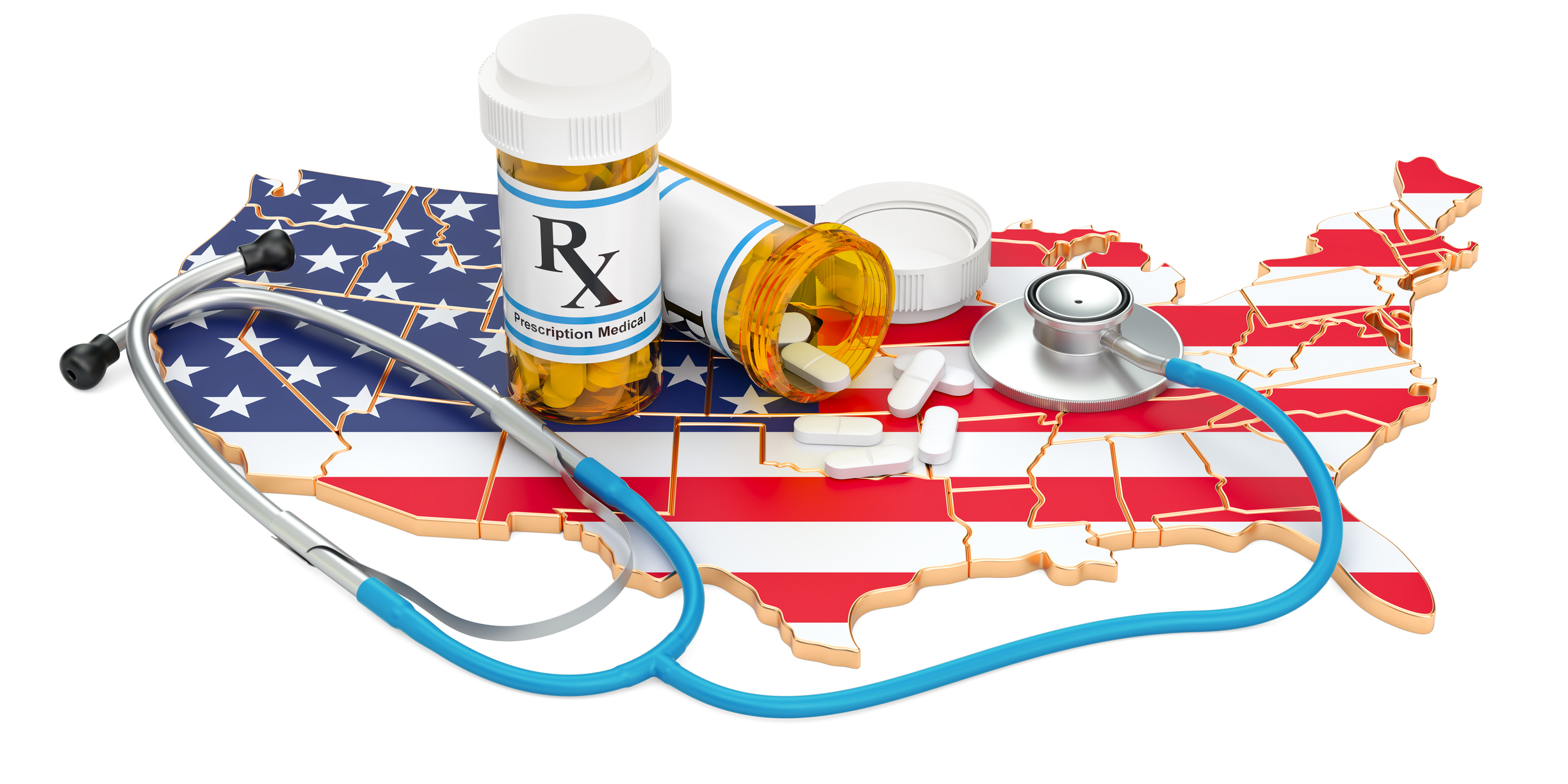Narrative: “A story or account of events, experiences, or the like, whether true or fictitious . . . a story that connects and explains a carefully selected set of supposedly true events, experiences, or the like, intended to support a particular viewpoint or thesis.” Dictionary.com
Last month, we saw the crumbling of two cherished narratives about conditions that affect millions of Americans, and are responsible for huge windfalls for the pharmaceutical industry. They’re the stories we tell ourselves about depression and Alzheimer’s Disease.
Medical narratives have enormous power; they guide the way we think, shape scientific research, and have the potential to squelch dissenting views about how things happen. They’re the gateway to government grants and private investment. They take on a life of their own, and are hard to kill, even when evidence undermines their credibility.
A couple of examples:
Around 1950 your grandparents or great grandparents were blissfully unaware of two dreaded scourges that are thoroughly ingrained in our present cultural imaginations—high cholesterol and osteoporosis.
The advent and popularization of the Cholesterol Hypothesis spawned an economic boom of testing, public health campaigns, low-cholesterol foods, and lipid-lowering drugs. I’d wager far more people these days know their cholesterol numbers than their IQs—and are worried about them!
Same with osteoporosis. Your great grandma didn’t know from that. Yet farm chores, housework and physical jobs in wartime factories kept her bones strong. Now older adults, especially women, are mortally afraid of fractures. Are we better off now that millions of Americans are taking osteoporosis drugs? Not according to a recent survey which showed that:
“Following a consistent decline in fracture rate from 2007 to 2013, trends from 2014 to 2017 indicate fracture rates are no longer declining and, for some fracture types, rates are rising.”
Was it the introduction of osteoporosis drugs in the 90s that reduced fractures in the early 2000s—a trend that’s leveling off now because not enough people are taking them? A 2020 Framingham study challenges that conclusion:
“Reductions in smoking and heavy drinking were the risk factor changes coincident with the observed decrease in hip fracture. Attributing the decrease in hip fracture incidence up to 2010 solely to better treatment is not supported by these data.”
Another narrative that has greased the wheels for the widespread acceptance of antidepressants—11% of Americans over the age of 12 take them—is that they address a “chemical imbalance”.
So it’s not about your life circumstances—your job, your school, your relationships, your economic exigencies, the dismal state of the world in general—or your lifestyle with its lack of physical exercise, too much screen time, sleep deprivation, and diet of ultra-processed foods bereft of nutrients critical for brain function. The prescription your doctor is handing you for an SSRI is not intended to sedate you, rather, it’s scientifically designed to merely give you back what your brain lacks—serotonin.
For many with depression, this seems like a more acceptable “natural” intervention: It’s like giving someone with hypothyroidism thyroid replacement medication, or a man with “low T” testosterone. It’s not about sedating you, or suppressing your emotions.
But last month a major scientific review shook the foundations of the chemical imbalance hypothesis. Using sophisticated methodology—including invasive lumbar punctures to obtain cerebrospinal fluid samples of individuals with depression to assay levels of serotonin in their brains—they ascertained that serotonin depletion is a myth. The authors, who are not fringe Scientologists, but rather eminent researchers at the Division of Psychiatry, University College London, conclude:
“This review suggests that the huge research effort based on the serotonin hypothesis has not produced convincing evidence of a biochemical basis to depression . . . We suggest it is time to acknowledge that the serotonin theory of depression is not empirically substantiated.”
This is not to say that anti-depressant drugs are ineffective. They bring partial or complete relief to a sizeable percentage of individuals suffering from anxiety or depression. But for all too many, they don’t work and come with a slew of undesirable side effects. And, worst of all, they offer a superficial quick fix that masks a myriad of other contributors to mood problems.
The other narrative that crashed last month has to do with Alzheimer’s Disease. Cognitively challenged patients often show an accumulation of amyloid plaque or tau proteins in their brains, sometimes evocatively referred to as “fibrillary tangles”. This has led to billions of dollars of research on “plaque-buster” drugs, designed to dissolve away the culprit gunk.
Recently, a new plaque-busting drug called Aduhelm was approved in spite of many dissenting voices in the neuroscience community. It was granted accelerated approval status even though it’s extremely costly, can cause devastating brain bleeds, and showed “meh” results in early clinical trials. It seems that the pressure was on to “just do something” for a horrible scourge when no other plausible treatments were looming.
Previous trials of plaque-buster drugs have been abandoned by major pharmaceutical companies after disappointing results. But the billions of dollars poured down the rabbit hole, and then written off, constitute an example of the pervasive hold of a narrative—now proven false, to wit:
It has just emerged via a whistleblower that one of the seminal papers that, in 2006, launched the Alzheimer’s plaque-buster Gold Rush was fraudulent. According to Science:
“The authors ‘appeared to have composed figures by piecing together parts of photos from different experiments,’ says Elisabeth Bik, a molecular biologist and well-known forensic image consultant. ‘The obtained experimental results might not have been the desired results, and that data might have been changed to … better fit a hypothesis.’”
The problem is that for years, countless researchers, in the grips of a false narrative, undertook pricey research, underwritten by the NIH and BigPharma, that will likely yield a dead-end, and distract us from investigation of true contributors to our pandemic of cognitive decline—where lifestyle measures might prove our best and most economical solution.
Therefore, let’s be wary of prevailing scientific narratives, especially when they’re skewed by the profit motive or by politics. The essence of true inquiry is to challenge, revise and sometimes refute prevailing theories; there is no such thing as “settled science”. Which is why we should be on the lookout for “misinformation”—neither government, the medical establishment nor the media is immune from purveying it. That’s the true spirit of Intelligent Medicine.







